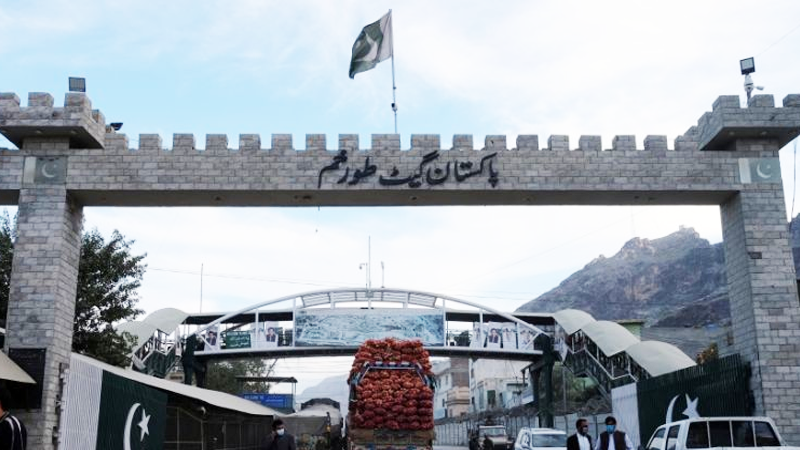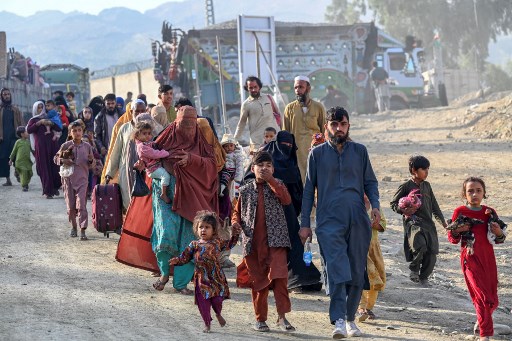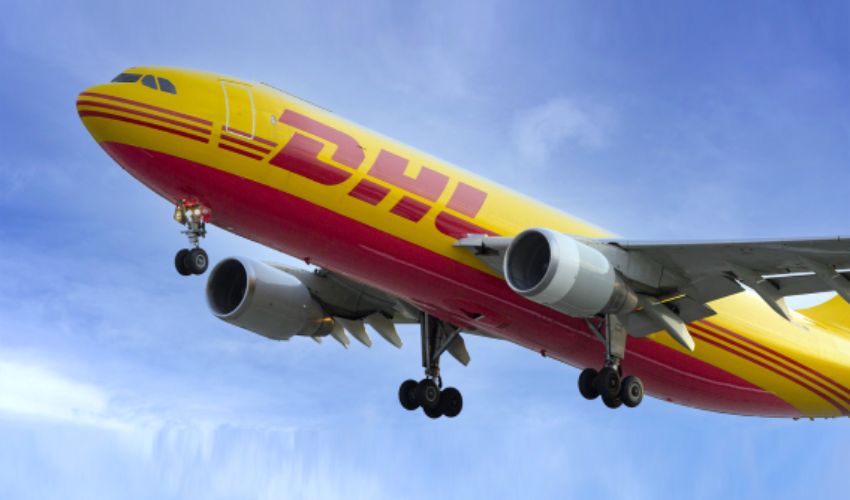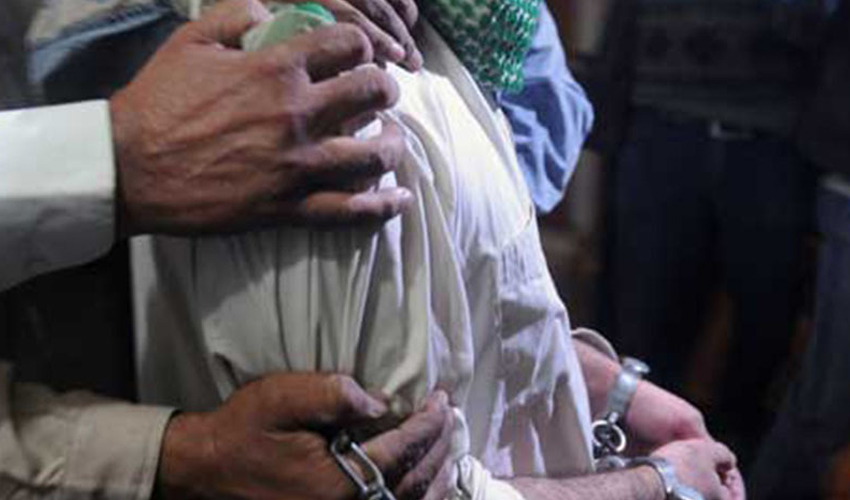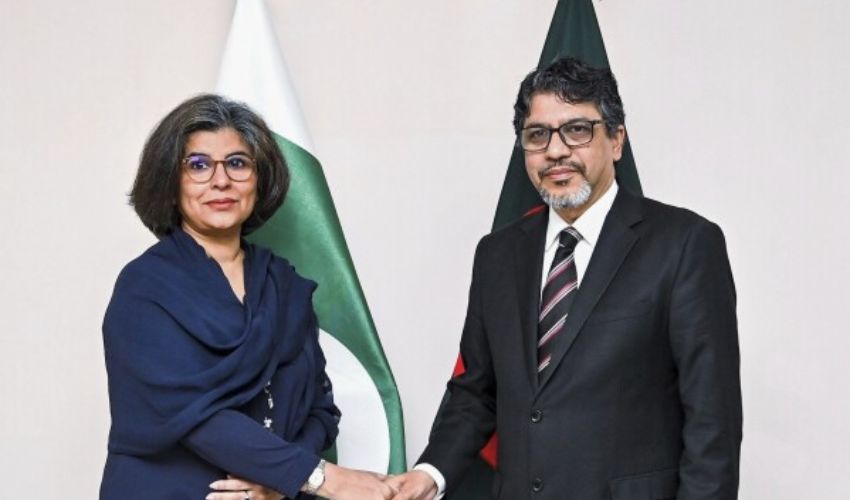In a significant development, the Torkham border crossing between Pakistan and Afghanistan has reopened for all types of traffic today, following a 10-day closure due to clashes between border forces.
This long-awaited reopening brings relief to hundreds of stranded travelers, patients, and traders, as well as the resumption of vital import and export activities.
As the Torkham border springs back to life, pedestrian movement has already commenced. A multitude of travelers flocked to the immigration section, eagerly awaiting entry into Afghanistan.
According to Irshad Khan Mohmamd, the assistant commissioner of Khyber district in Pakistan, "The clearance of trucks is in process, and Afghan citizens are entering Afghanistan after clearance and passing immigration processes."
Cargo vehicles and trade restart
The closure had caused thousands of cargo vehicles to be stranded on both sides of the border for nine days. However, with today's reopening, trade is expected to regain momentum.
A customs official confirmed that import and export activities, including the passage of transit vehicles, will be fully restored from this point forward.
Diplomatic resolution
The decision to reopen the Torkham border came after Acting Afghanistan Foreign Minister Amir Khan Muttaqi met with Ubaid Ur Rehman Nizamani, Head of the Pakistan Mission in Kabul.
During this crucial meeting, Afghan authorities assured Pakistan that Afghan soil would not be used against Pakistan, helping to pave the way for the border's reopening.
Roots of dispute
The border closure stemmed from a dispute over the "illegal construction" of a bunker by the interim Afghanistan government. Pakistani authorities had formally requested the cessation of construction, citing it as a violation of international law.
However, the Afghan side did not comply, leading to escalating tensions and the eventual border closure.
The situation further deteriorated when mortar shells were fired from the Afghan side, hitting various offices, including those of the Federal Investigation Agency (FIA), Customs, and other official workplaces. Fortunately, there were no casualties reported, but the incident heightened the urgency of resolving the dispute.
Recovery and relief
Amidst this border dispute, a considerable number of individuals found themselves stranded on both sides, including travelers, patients, women, children, and cargo truck drivers. As a precautionary safety measure, numerous government and private offices remained closed during the closure.
The reopening of the Torkham border is not only a resumption of trade but also a much-needed sigh of relief for those who were caught in the crossfire of the border tensions. The border's return to normalcy signifies the importance of diplomatic dialogue in resolving complex regional issues and restoring essential connectivity between the two nations.





